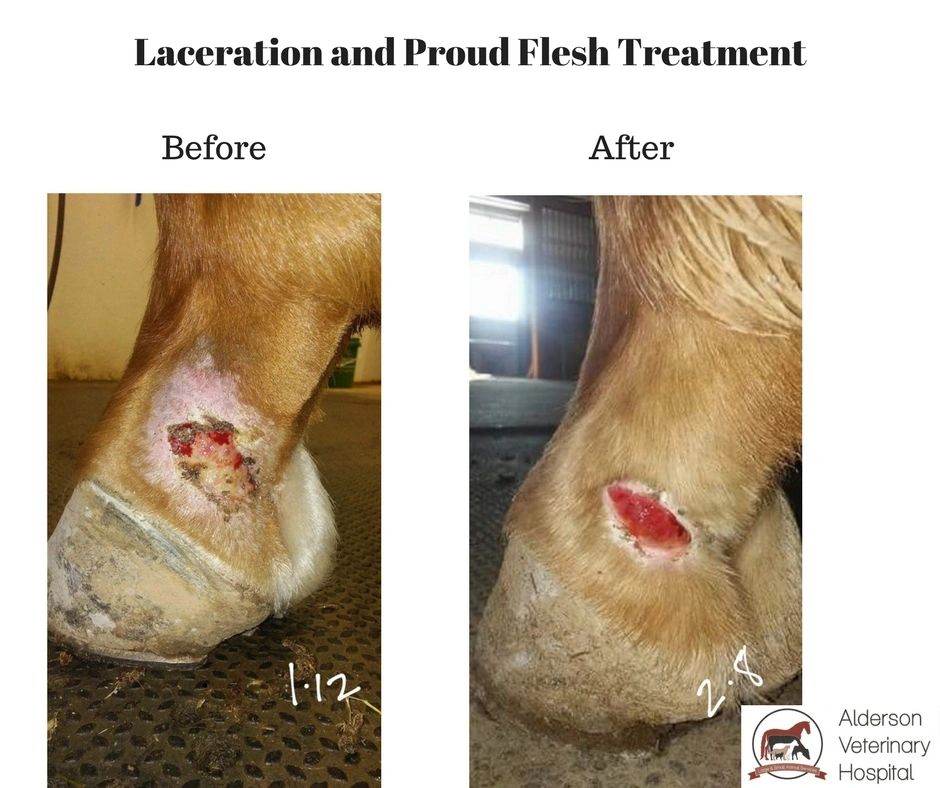The Power of Equine Therapy for Stress And Anxiety, PTSD, and Emotional Recovery
The Power of Equine Therapy for Stress And Anxiety, PTSD, and Emotional Recovery
Blog Article
Laser Therapy in Equine Therapy: A Modern Approach to Improving Horse Health
Laser treatment has arised as an essential method in equine treatment, utilizing focused light energy to promote mobile repair work and quicken recuperation from a selection of conditions. By boosting mitochondrial activity and increasing ATP manufacturing, laser treatment not only boosts flow but also gives significant discomfort relief.
Understanding Laser Therapy
Laser therapy, a non-invasive therapy modality, has actually gained significant grip in equine medication because of its effectiveness in promoting recovery and discomfort relief. This sophisticated healing approach utilizes concentrated light energy to pass through cells, promoting cellular fixing and regrowth. The underlying mechanism entails the excitement of mobile mitochondria, causing enhanced manufacturing of adenosine triphosphate (ATP), the energy currency of cells. Enhanced ATP levels quicken tissue fixing procedures and minimize inflammation, making laser treatment particularly efficient for dealing with bone and joint injuries, injuries, and other inflammatory problems in equines.
There are numerous types of lasers used in equine treatment, each with specific wavelengths and power outputs customized to various therapeutic requirements. Low-level laser treatment (LLLT), additionally referred to as cool laser therapy, employs lower power levels to promote cell function without triggering thermal damages. High-intensity laser treatment (HILT), on the other hand, uses higher power levels to attain much deeper cells infiltration and more significant restorative effects.
Veterinarians utilize various laser tools and strategies relying on the condition being treated and the preferred depth of tissue penetration. Correct training and experience are critical for ensuring the risk-free and reliable application of laser treatment, thereby maximizing its therapeutic possibility while minimizing threats.
Advantages for Equine Health


With a solid understanding of exactly how laser therapy functions, it is vital to discover its many advantages for equine health and wellness. By boosting mobile feature, laser therapy advertises faster wound healing and help in the regeneration of broken tissues.
Additionally, laser therapy has actually been revealed to boost flow, thus enhancing blood circulation to affected areas. Boosted flow ensures that necessary nutrients and oxygen are provided a lot more successfully, promoting the recovery process. In addition, laser therapy's anti-inflammatory impacts help in reducing swelling and pain, which is vital for the general well-being of the equine.
Discomfort administration is another considerable advantage. By releasing endorphins and blocking discomfort signals, laser treatment provides efficient, non-invasive alleviation from both acute and persistent discomfort. This can add to boosted wheelchair and quality of life for the pet.
Lastly, laser therapy is a non-invasive therapy alternative, decreasing the risk of difficulties connected with even more intrusive treatments. Its adaptability and efficacy make it a very useful tool in modern horse veterinary medicine.
Common Problems Treated
Horse professionals frequently run into a range of conditions that can be successfully handled through laser therapy. Among the most typical are bone and joint problems, consisting of ligament and tendon injuries. Laser treatment increases the recovery procedure by boosting mobile repair service and decreasing inflammation, which is important for injuries such as tendonitis and suspensory tendon desmitis.
One more prevalent condition treated with laser therapy is arthritis. Steeds dealing with both intense and persistent joint inflammation take advantage of the anti-inflammatory impacts of laser treatment, which aids to minimize discomfort and boost joint feature. Furthermore, laser therapy is utilized in the administration of wounds. Whether managing surgical cuts or stressful injuries, the method promotes faster cells fixing and minimizes the danger of infection.
Horse respiratory conditions, such as persistent airway obstruction (RAO), additionally respond favorably to laser treatment (Equine Therapy). Laser treatment is helpful in dealing with unguis issues, including laminitis and abscesses.
Procedure and Safety And Security
Carrying out laser therapy in equine treatment entails a meticulous treatment to guarantee both efficiency and safety and security. The procedure begins with a comprehensive veterinary assessment to figure company website out the suitability of laser therapy for the steed's specific condition. As soon as regarded ideal, the therapy location is prepared by cleaning and, if required, clipping the hair to improve laser infiltration.
The expert should select the appropriate kind of laser, commonly a low-level laser (LLLT) or a high-power laser (HPL), depending upon the condition being treated. The laser device is then adjusted to the proper wavelength, power, and period setups. Throughout the application, the expert relocates the laser over the targeted try this location in a methodical fashion, making certain constant and even direct exposure.
Security protocols are strictly stuck to, including using protective glasses for both the practitioner and the steed. In addition, it is important to check the horse for any signs of discomfort or unfavorable reactions throughout the procedure. Post-treatment, the horse is frequently provided a period of rest to enable the therapeutic effects to materialize.
Future of Equine Laser Therapy
As improvements in veterinary medication proceed to unfold, the future of equine laser therapy holds significant promise. Arising innovations and deeper clinical insights are set to fine-tune and broaden the applications of laser treatment for horses.
In addition, continuous research into the molecular and cellular mechanisms of laser therapy will likely produce enhanced protocols customized to particular problems, enhancing effectiveness and reducing therapy times. Individualized therapy plans based on genetic and biochemical markers might come to be a fact, making sure that each equine gets the most appropriate and efficient treatment.

Conclusion
Laser therapy in equine treatment stands for a considerable innovation in vet treatment, offering a non-invasive option to boost horse health and wellness. The future of equine laser treatment promises continued technology and improved results for equine health monitoring.
Report this page